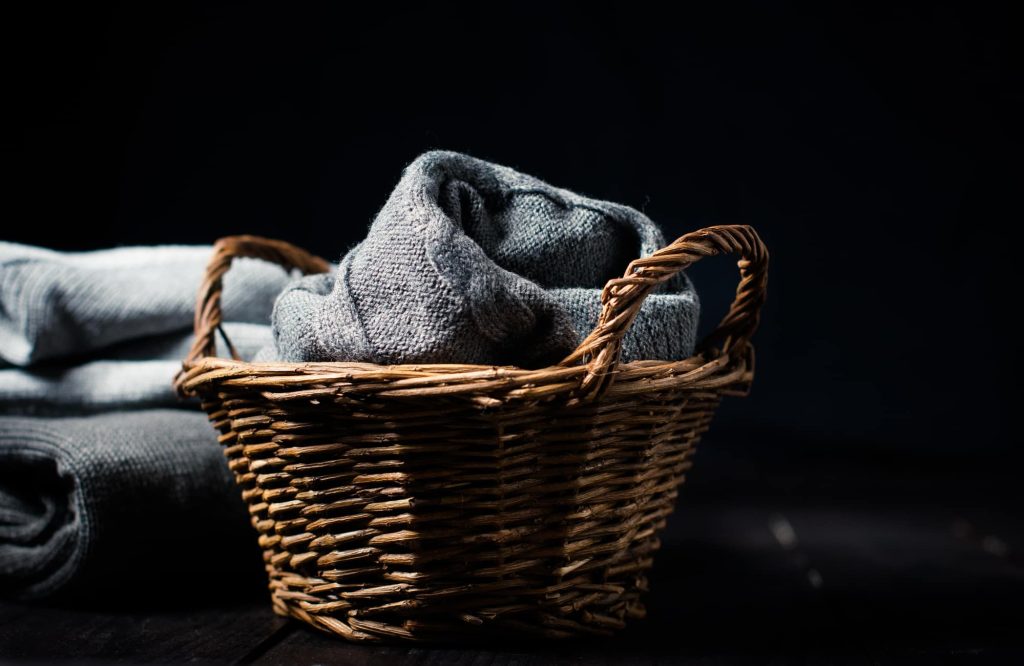Once the concept of clothing came into being, humans realized the importance of fibres. It first started from plant-based fibres, such as flax. Later on, other fibres were discovered with more developments, such as animal-based fibres. Wool is the most common type of animal-based fibre, started being used around 4000 B.C.
It is interesting to note that there are different categories of wool. Cashmere is one category of wool that is unique.
And although cashmere is most recognised for its use in sweaters—from cashmere cardigans or pullovers to crewneck or V-neck sweaters—it can also be woven into:
Cashmere fibre is wool but what makes it special is that it comes only from a certain kind of sheep. That sheep is native to the Gobi Desert and Central Asia. For time in memorial, the breeding of such goats/sheep has been going on in Kashmir and Mongolia.
Traders from the ancient Turkestan region brought cashmere wool into the Middle East. Trade caravans from the Middle East introduced this ultra-soft fabric to the European continent. Due to its suitability for the cold weather, it became popular in Europe, and the demand for this fabric increased significantly. The production of this smooth, silky fabric turned into one of the major industries in the nineteenth century. Even today, it is traded in the Central Asian countries on a large scale due to sheep farming.

Its fine hair is what differentiates it from other breeds of sheep. The sheep are commonly known as Capra aegagrus hircus or, Pashmina goat in Persian and Urdu. Wool from Pashmina goat (also sometimes known as Cashmere goat) is known as Cashmere wool and Pashmina wool. Nowadays, the breeding of this goat is done across the globe as well. However, the common opinion remains that goats explicitly bred in the Mongolian region and Kashmir valley environment can produce better wool than the wool produced by the same goat in any other region. The reason is that the climate in these areas contributes to the unique properties of cashmere wool. So, the fine hair taken from pashmina goats is known as cashmere fibre.

Spinning fibres into yarns is not an easy-going process with any kind of fibre, but it is especially difficult and extremely technical with animal-based fibres. Since cashmere fibres are fine and lightweight, they need extra care as well. One must think about why and how? Well, from gathering to spinning, it is a time-sensitive process.
The pashmina goats have two fleece; the underlying one is made up of fine hair, while the out guard has courser hair to provide insulation in extreme weather. Once they begin shedding when the spring arrives, the gathering process starts. Now there are two methods of gathering; one is hand combing while the other is shearing. Hand combing is a very slow process, but it yields the best possible cashmere fibres. Shearing, on the other hand, is quite fast, but it has a yield of guard fibres, coarser ones, more than the fine ones. Due to this reason, hand combing of cashmere wool is preferred in luxury textiles.
After gathering, the fibres are cleaned and refined. This process is done by machinery rather than the traditional methods. Elements like dirt, excess oil and external waste are significantly removed. Once the fibres are cleaned, they are packed in the form of bales to send for making into yarns, or the fibre can be sent directly to a dyeing mill for dyeing in different colours as per the end consumer requirement.
These dyed fibres are then subsequently sent to a spinning mill, where the fibres are carded into thick slivers. The sliver is a thick and fragile assembly of the fibres ready to be converted into yarn. A stronger and sturdy version of cashmere yarn is formed through the spinning of slivers. This is the final form of yarn used on industrial looms to weave into fabric pieces.
As mentioned above, cashmere fibres are used as a luxury textile. It is not only because they come from a specific type of goat during a few months of the year, but also because they possess very unique properties such as:
When used, cashmere textile fibres are prone to abrasion; pilling, or the gathering of surface fibres, is an issue with knitwear. Cashmere fibres and fabrics are delicate; hence, if you want to prolong the life of a cashmere wool product, then follow these steps.

The high demand for cashmere is causing grasslands in China and Mongolia to disappear, air pollution to worsen, and the herds to starve because the goats destroy the plants they eat by pulling them up by the roots rather than grazing the tops and because they have sharp hooves that pierce the ground they tread.
The effects of cashmere farming on the environment can be significant. Mongolia’s agricultural sector is dominated by cashmere herding, with cashmere goats making up 41.3 percent of the nation’s total livestock and sheep accounting for 45.5 percent.
Herders continue to breed more goats than the ecosystem can support, which has a negative impact on the environment that is exacerbated by the cashmere industry.
Although recycled cashmere is a readily available and environmentally friendly option, it should be noted that many partially recycled clothing are combined with new cashmere.
Purchase used cashmere clothing. Good quality Cashmere is highly resilient and maintains its new appearance even after years of use.
Pure cashmere will always be expensive as the process that starts from gathering and ends with stitching is much more technical than that of any ordinary fibres. The end product is a mixture of handwork and machinery, due to which cashmere wool is considered to be in luxury textile and hence ends up being quite expensive.
To enhance the proportion of downy cashmere, the processing removes coarse guard hairs; the resultant fabric is softer and typically more expensive if fewer guard hairs are present.
However, if you are open to blends, then cashmere can be bought relatively cheap as well. Yes, you read it right. The cost is reduced if you go for blends instead of pure cashmere wool.
| Cookie | Duration | Description |
|---|---|---|
| cookielawinfo-checbox-analytics | 11 months | This cookie is set by GDPR Cookie Consent plugin. The cookie is used to store the user consent for the cookies in the category "Analytics". |
| cookielawinfo-checbox-functional | 11 months | The cookie is set by GDPR cookie consent to record the user consent for the cookies in the category "Functional". |
| cookielawinfo-checbox-others | 11 months | This cookie is set by GDPR Cookie Consent plugin. The cookie is used to store the user consent for the cookies in the category "Other. |
| cookielawinfo-checkbox-necessary | 11 months | This cookie is set by GDPR Cookie Consent plugin. The cookies is used to store the user consent for the cookies in the category "Necessary". |
| cookielawinfo-checkbox-performance | 11 months | This cookie is set by GDPR Cookie Consent plugin. The cookie is used to store the user consent for the cookies in the category "Performance". |
| viewed_cookie_policy | 11 months | The cookie is set by the GDPR Cookie Consent plugin and is used to store whether or not user has consented to the use of cookies. It does not store any personal data. |
Create your free account and begin your sustainability journey.

